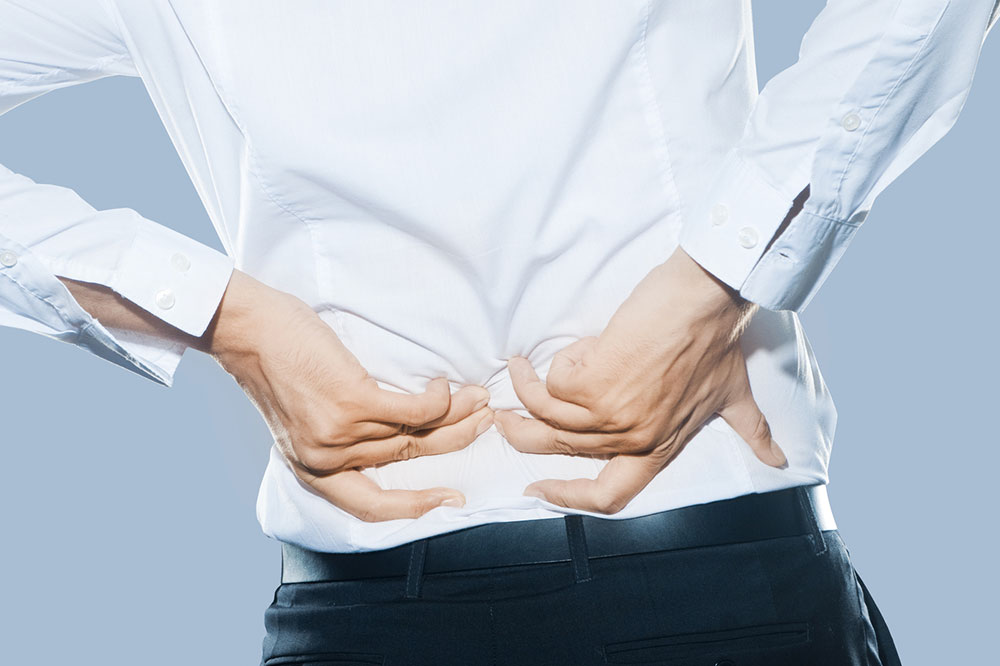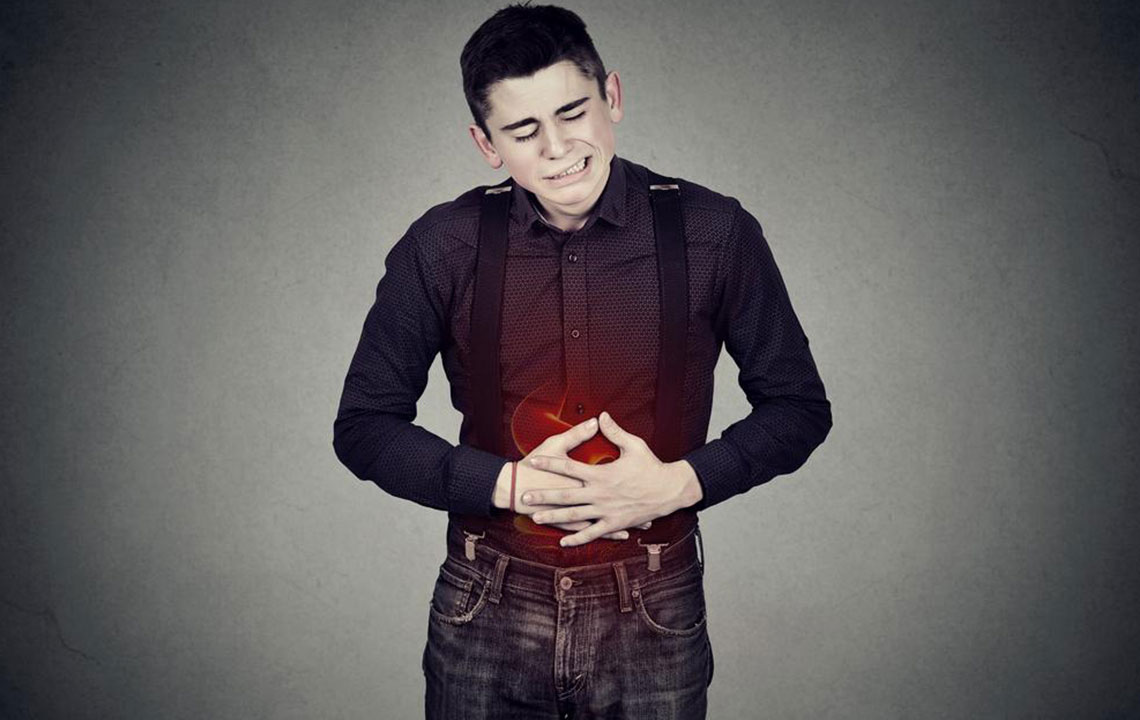Understanding Back Pain: Symptoms, Causes, and Home Strategies for Fast Relief
This article explores common causes of back pain, symptoms, and effective home remedies for quick relief. It offers practical tips like cold and heat therapy, stretching, improving sleep, and strengthening supporting muscles. While mild pain can often be managed at home, persistent or severe symptoms should prompt medical consultation to identify underlying issues. Preventive measures such as proper footwear and maintaining an active lifestyle are essential for long-term back health. Consult your healthcare provider for tailored advice on managing back discomfort.
Sponsored

Back discomfort ranks among the leading causes of disability worldwide. Most individuals are likely to experience some form of back ache during their lifetime. Fortunately, mild back pain often responds well to simple at-home remedies. These approaches can sometimes provide immediate relief, especially when the pain isn’t linked to serious health issues. Surgery remains a rare intervention, typically reserved for severe cases that do not improve with conservative treatments.
Common Causes of Back Discomfort
The primary reasons behind back issues include muscle strain, structural abnormalities, arthritis, and osteoporosis.
Muscle Strain
Overexertion or improper lifting techniques can strain back muscles, causing pain. Sudden movements or vigorous physical activity may also lead to soreness or stiffness.
Structural Back Issues
Damage to vertebrae or intervertebral disks can lead to discomfort. Conditions like herniated, bulging, or ruptured disks can compress nerves, resulting in significant pain. This may radiate from the lower back down to the legs, causing sciatica, numbness, tingling, and leg pain.
Arthritis
Osteoarthritis of the spine involves joint cartilage deterioration, which can lead to spinal narrowing (spinal stenosis), causing pain and reduced mobility.
Osteoporosis
Bone thinning reduces vertebral strength, leading to compression fractures that cause severe back pain.
Beyond these, other rare causes include degenerative spondylolisthesis, cauda equina syndrome, spinal infections, tumors, and kidney issues. If back pain persists or recurs frequently, consult a healthcare professional for diagnostic evaluation. Typical symptoms include persistent ache, shooting pain, difficulty moving, or stiffness. Warning signs like numbness, incontinence, unintentional weight loss, fever, or severe night pain necessitate urgent medical attention.
Managing Back Discomfort
Many cases of mild back pain improve with over-the-counter medications like NSAIDs (e.g., ibuprofen, naproxen). Stronger prescriptions or surgical options are reserved for severe or persistent cases, especially those linked to structural abnormalities or nerve damage. Alternative therapies such as massage, chiropractic adjustments, relaxation techniques, or cognitive-behavioral therapy can also provide relief, but always consult your doctor beforehand.
Effective Home Remedies for Back Relief
Back pain has diverse origins, from improper lifting to degenerative conditions. While severe cases require medical attention, mild discomforts can often be alleviated at home. Here are some tried-and-true remedies:
Applying Cold and Heat
For acute injuries, ice packs can reduce inflammation and numb pain. Wrap a frozen pack in cloth and apply for no more than 20 minutes. For muscle tension, heat pads or warm cloths help relax muscles. Always follow safety instructions to avoid burns or frostbite.
Enhancing Endorphin Levels
Activities like massage, meditation, and light aerobic exercise promote endorphin release, which naturally diminishes pain and reduces stress, anxiety, and depression linked to back issues.
Stretching Exercises
Gentle stretches can alleviate stiffness. Examples include touching your toes, child’s pose, and cobra pose. Hold each stretch comfortably for about 30 seconds to loosen tight back muscles and improve flexibility.
Prioritize Restful Sleep
Quality sleep aids tissue repair and overall recovery. Address sleep difficulties with lifestyle adjustments or medical advice to prevent them from exacerbating back pain.
Stay Active
Keeping moving minimizes stiffness and promotes circulation. Engage in daily tasks and gradually resume regular exercises like walking, swimming, or cycling when pain subsides. Avoid overexertion.
Strengthen Supporting Muscles
Once pain diminishes, reinforce core, hip, and pelvic muscles to improve posture and reduce recurrence. Avoid strenuous abdominal workouts that might worsen pain.
Choose Supportive Footwear
Proper shoes provide essential support, helping maintain alignment and reducing back strain. Eschew high heels for comfortable, well-fitting shoes. Consult a podiatrist if necessary.






